Wild Yam
- December 22, 2023
- 0 comment
Wild Yam, scientifically known as Dioscorea villosa, is a perennial plant native to North America, particularly prevalent in the eastern United States. Renowned for its historical use in traditional medicine, the wild yam has been valued for its purported medicinal properties. The plant’s tuberous roots are the primary focus of interest, containing compounds such as diosgenin, a substance often utilized in the synthesis of steroids.
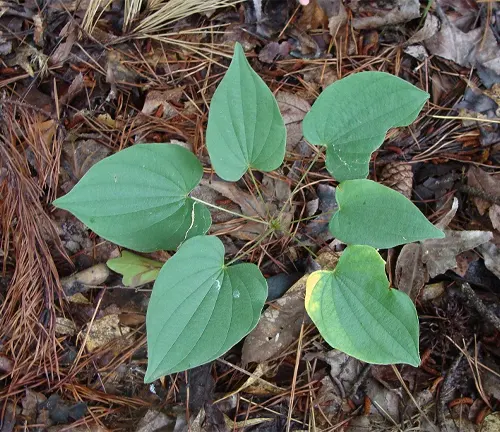
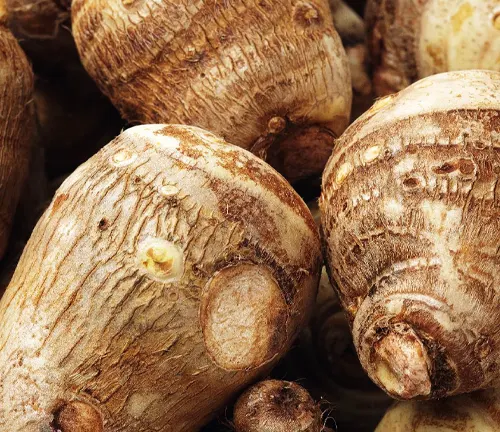
While it’s important to note that wild yam itself does not convert to hormones in the human body, it has been historically associated with women’s health and hormonal balance. Traditionally used by indigenous cultures for various ailments, it gained popularity in the 19th century as a remedy for menstrual discomfort and menopausal symptoms.
However, it’s crucial to approach the use of wild yam with caution and consult healthcare professionals, as scientific evidence supporting its efficacy is limited, and its safety for specific conditions remains a subject of ongoing research. Despite the uncertainties surrounding its medicinal benefits, wild yam continues to be a subject of interest in herbal medicine and alternative therapies.
| Attribute | Details |
|---|---|
| Scientific Name | Dioscorea villosa |
| Common Name | Wild Yam |
| Family | Dioscoreaceae |
| Native Region | North America |
| Habitat | Eastern United States |
| Plant Type | Perennial herb |
| Part Used | Tuberous roots |
| Main Compounds | Diosgenin, alkaloids |
| Traditional Use | Women’s health, hormonal balance |
| Historical Significance | Traditional medicine usage dating back centuries |
| Synthetic Uses | Diosgenin used in steroid synthesis |
| Popular in | 19th-century medicine for menstrual discomfort and menopausal symptoms |
| Cautions | Limited scientific evidence, consult healthcare professionals before use |
| Current Research | Ongoing studies on efficacy and safety |
Exploring the World of Wild Yam
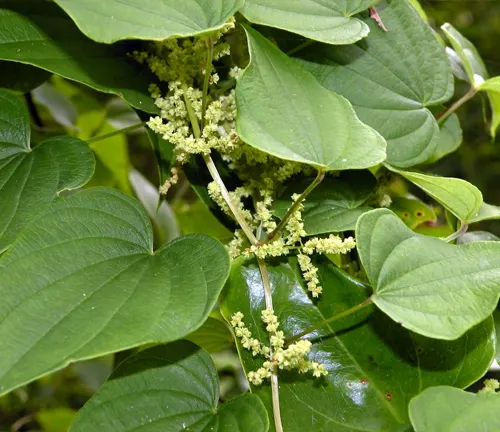
Nestled in the woodlands of North America, the Wild Yam (Dioscorea villosa) stands as a botanical marvel, captivating enthusiasts and herbalists alike. This perennial herb, belonging to the Dioscoreaceae family, boasts not only a rich historical significance but also a unique set of characteristics that make it a fascinating subject of study.
A Graceful Presence in Eastern United States
Picture the Eastern United States, and you’ll likely find the Wild Yam gracing the woodlands with its elegant presence. With its intricate vines and heart-shaped leaves, this plant adds a touch of woodland elegance to its natural habitat. Its sprawling growth pattern and distinctive tuberous roots contribute to its allure, making it a visually appealing component of the local flora.
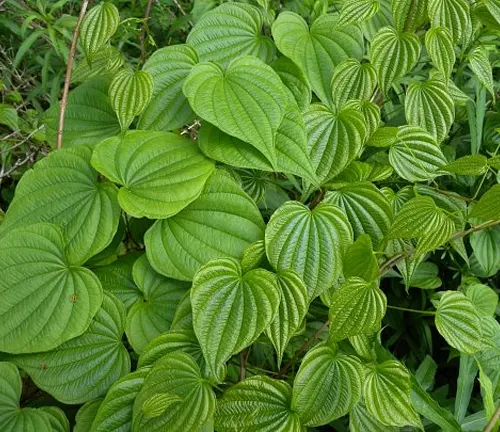
Sustaining Biodiversity in the East
Beyond its aesthetic charm, Wild Yam plays a crucial role in the ecological tapestry of its native region. As part of the Eastern U.S. ecosystem, it supports biodiversity by providing habitat and sustenance for various fauna. The plant’s interactions with local wildlife and insects contribute to the delicate balance of the ecosystem, highlighting its broader ecological importance.
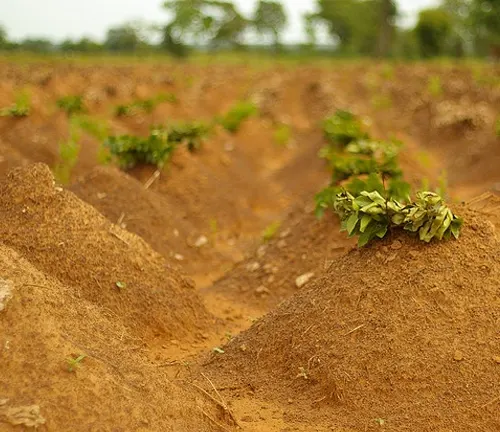
Nurturing a Natural Treasure
As interest in Wild Yam grows, efforts to cultivate and conserve this natural treasure become imperative. Cultivation practices aim to maintain the plant’s genetic diversity while ensuring sustainable harvesting. Conservation initiatives, driven by the recognition of its historical and potential medicinal value, seek to protect Wild Yam populations from overexploitation and habitat degradation.
Nature’s Erosion Fighter
One of Wild Yam’s unsung roles is in soil stabilization. The plant’s extensive root system, with its tuberous formations, helps anchor the soil, preventing erosion in woodland areas. This unique contribution to soil health underscores the plant’s significance beyond its traditional and medicinal uses.

Unveiling the Secrets of Traditional Medicine


Wild Yam has long been a staple in traditional medicine, with indigenous cultures recognizing its potential benefits. The tuberous roots, rich in diosgenin and alkaloids, have been historically associated with women’s health, particularly in addressing menstrual discomfort and menopausal symptoms. Understanding its common uses sheds light on its cultural and historical importance.
Exploring the Medicinal Potential

While the traditional uses of Wild Yam have persisted through centuries, modern research delves into its potential medicinal benefits. Diosgenin, a compound found in the plant, has been utilized in the synthesis of steroids, opening avenues for further exploration in the realms of pharmaceuticals. Ongoing studies seek to unravel the full spectrum of benefits that Wild Yam may offer, paving the way for a deeper understanding of its therapeutic potential.
A Closer Look at Dioscorea villosa
Embarking on a journey into the realm of botanical marvels, the Wild Yam (Dioscorea villosa) reveals its biological intricacies. As we delve into the heart of this perennial herb, we unravel the secrets that make it a captivating subject for both naturalists and scientists alike.
Where Beauty Meets Biodiversity
Picture the woodlands of North America, and there you’ll find the enchanting Wild Yam, gracefully adorning the landscape. Its habitat map spans the Eastern United States, where it thrives amidst the rich biodiversity of the region. This exploration of its native habitat sheds light on the symbiotic relationships it forms with the surrounding flora and fauna.

The Alchemy Within
The magic of Wild Yam lies in its components, and at the heart of this botanical alchemy are the tuberous roots. Rich in diosgenin and alkaloids, these components contribute to the plant’s historical use in traditional medicine. Understanding the intricate chemistry within Wild Yam opens the door to unlocking its potential benefits and exploring its various applications.
Navigating the Cautionary Waters of Wild Yam
As with any botanical remedy, it is crucial to tread carefully when exploring the potential benefits of Wild Yam. While it has a rich history of traditional use, it is not without its caveats. Delving into the side effects of Wild Yam, we navigate the cautionary waters to understand how this plant may interact with the human body. Consulting healthcare professionals becomes paramount as we seek to harness its benefits while mitigating potential risks.
Different Species
Dioscorea villosa
Commonly known as Wild Yam, this species is native to North America, particularly the eastern United States. It has a history of traditional use in herbal medicine, particularly for women’s health.
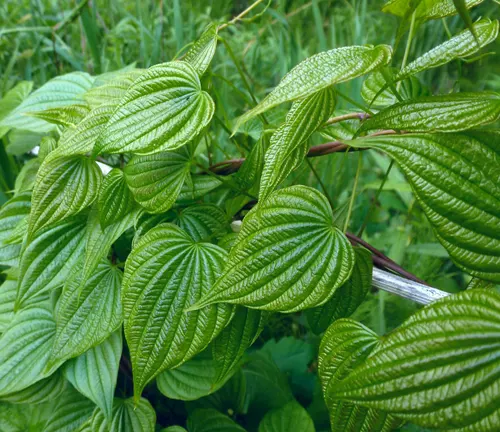
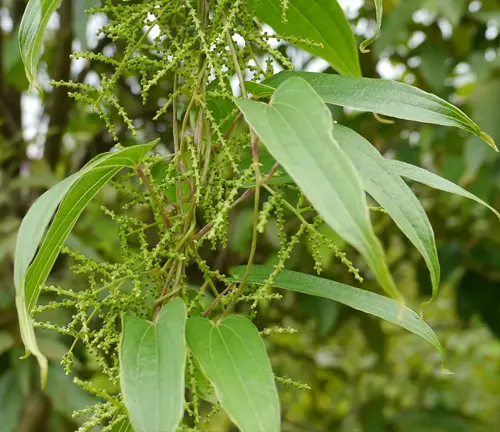
Dioscorea oppositifolia
Also known as Chinese yam or cinnamon vine, this species is native to East Asia. It has edible tubers and is cultivated for culinary purposes in some regions.
Dioscorea alata
Known as water yam or winged yam, this species is native to Southeast Asia. It is a widely cultivated yam species with various varieties and is a staple food in many tropical countries.
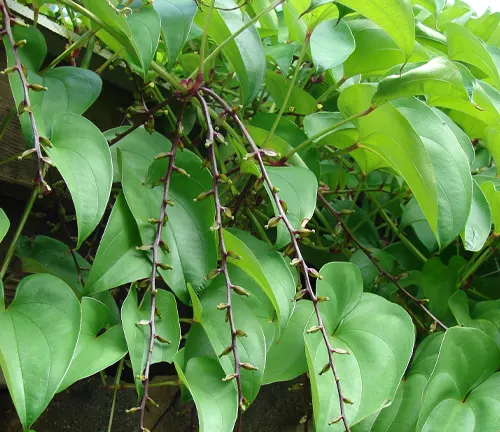

Dioscorea bulbifera
Commonly called the air potato, this yam species is found in tropical regions worldwide. It is known for producing aerial tubers and has become invasive in some areas.
Dioscorea batatas
Also known as Chinese yam or nagaimo, this species is native to China and East Asia. It is cultivated for its edible tubers and is a popular ingredient in Asian cuisine.
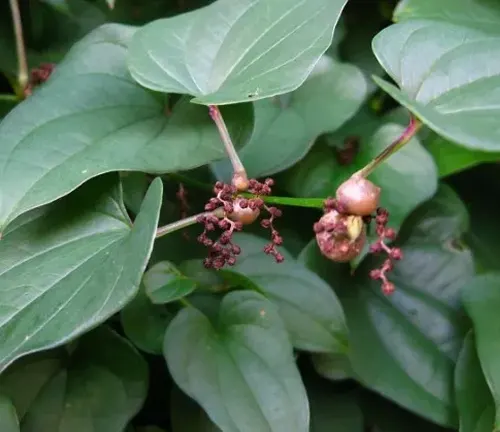

Dioscorea cayenensis
Referred to as yellow yam or negro yam, this species is native to West Africa but is also cultivated in other tropical regions. It is an important food crop in many countries.
Dioscorea esculenta
Known as lesser yam or potato yam, this species is native to Southeast Asia. It is cultivated for its edible tubers, which are an important food source in some regions.

Frequently Asked Questions (FAQs)
1. What is Wild Yam?
Wild Yam, scientifically known as Dioscorea villosa, is a perennial plant native to North America, particularly the eastern United States. It is valued for its tuberous roots, historically used in traditional medicine.
2. What are the traditional uses of Wild Yam?
Traditionally, Wild Yam has been associated with women’s health, specifically in addressing menstrual discomfort and menopausal symptoms. Its roots contain compounds like diosgenin, contributing to its historical use.
3. Does Wild Yam convert to hormones in the body?
No, Wild Yam itself does not convert to hormones in the human body. However, its historical use in traditional medicine has been linked to hormonal balance, and compounds like diosgenin have been utilized in the synthesis of steroids.
4. Is there scientific evidence supporting the efficacy of Wild Yam?
Scientific evidence supporting the medicinal benefits of Wild Yam is limited. While it has a long history of traditional use, more research is needed to establish its efficacy for specific conditions.
5. What precautions should be taken when using Wild Yam?
It is essential to approach the use of Wild Yam with caution. Consultation with healthcare professionals is advised, especially for individuals with pre-existing health conditions or those taking medications.
6. Can Wild Yam be cultivated?
Yes, Wild Yam can be cultivated, and efforts are made to conserve and sustainably harvest this plant. Cultivation practices aim to maintain genetic diversity, while conservation initiatives protect it from overexploitation.
7. Are there different species of Wild Yam?
Yes, there are various species of Wild Yam within the Dioscorea genus, including Dioscorea oppositifolia, Dioscorea alata, Dioscorea bulbifera, and others, each with unique characteristics and uses.
8. What is the ecological importance of Wild Yam?
Wild Yam plays a role in supporting biodiversity, particularly in its native habitat in the Eastern United States. Its interactions with local wildlife and insects contribute to the delicate balance of the ecosystem.
9. Are there any known side effects of using Wild Yam?
While Wild Yam has a history of traditional use, it’s important to be aware of potential side effects. Individuals should be cautious, and consulting healthcare professionals is recommended, especially if using Wild Yam for medicinal purposes.
10. What ongoing research is being conducted on Wild Yam?
Ongoing research is exploring the potential medicinal benefits of Wild Yam, particularly in the context of its compounds like diosgenin. Researchers are investigating its therapeutic potential and applications in various fields.


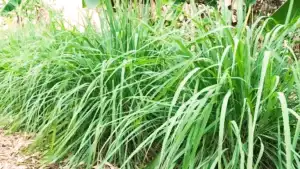
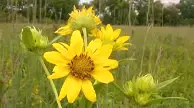
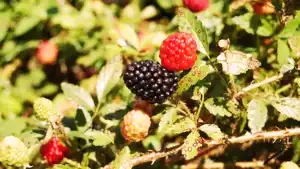
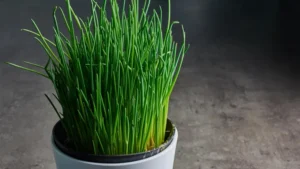



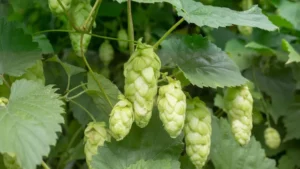
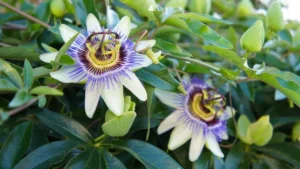

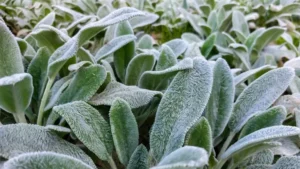
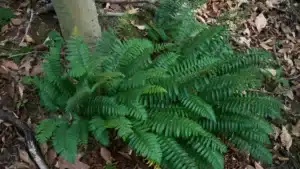
Leave your comment